Africa
Americas
Asia
Europe
Oceania
Holidays to Europe (95 available)
Albania(2)
Austria(7)
Baltic States(3)
Belgium(5)
Croatia(3)
Cyprus(1)
Czech Republic(5)
Denmark(1)
England(12)
Finland(2)
France(15)
Germany(8)
Greece(10)
Hungary(5)
Iceland(6)
Ireland(9)
Italy(13)
Montenegro(1)
Netherlands(5)
Northern Ireland(2)
Norway(9)
Portugal(9)
Romania(1)
Scotland(6)
Slovakia(1)
Spain(9)
Sweden(2)
Switzerland(4)
By Season
By Interest
By Group
What to see in Greece
Gulf of Corinth
Tourist attractions Gulf of Corinth
All the ships linking Athens to various destinations pass through the Gulf of Corinth, located on the northern coast of the Peloponnese peninsula. It's a busy place and the location of Patras, which ranks as the third largest city in Greece. But what is there to see in the Gulf of Corinth?Is it worthwhile straying from the traditional tourist trail to get to know it? We'll show you three lovely places that will convince you to give it a try.
What to see in the Gulf of Corinth 1: Aigio or Egio
Aigio, also called Egio, is a beautiful small town in Achaea. It is shaped like an amphitheatre, owing to the two rivers that skirt round it. If your intention is to make trips to Nafplio, Mycenae, Olympia or Delphi, Egio is the ideal place to set up your base of operations.
In fact, Homer names the city as belonging to the Achaean League and the territory controlled by Agamemnon.
Have you heard of Corinth raisins? They're widely considered the best in the world and they come from here. In fact, Egio is famous for its raisins and its arms industry. A small city full of contrasts. Above
all, if we consider that the wines of the area have an official designation of origin... A combination that could be dangerous.
What to see in the Gulf of Corinth if you stop in Aigio
You'll love strolling through its streets and taking in the sight of its neoclassical buildings, which lend it a decidedly stately air to match its economic prosperity. Stop at the Plaza Alta Lunya to gaze at its Venetian tower.
The town hall, also in the Neoclassical style, is another of Aigio's sights of interest and is considered one of the most impressive town halls in Greece.
The next stop in this small but wealthy city should be the Monastery of the Holy Archangels and the Hermitage of Saint Leontius. This is a religious complex of great importance, standing in a natural environment of incomparable beauty on the banks of the Selinunte River.
Delphi: the place to see in the Gulf of Corinth
These days, Delphi is a small town devoted to tourism. It is on the south side of Mount Parnassus, home of Apollo and the muses according to Greek mythology, and offers unforgettable views of the sea and the valley. Every last hotel in Delphi has a viewing point for this reason. This is the main reason travellers come to Delphi.
The Oracle of Delphi
In ancient times however, the reason for visiting was more practical. Delphi was the home of Pythia, the most famous priestess of her time. Many pilgrims came to this oracle to seek her counsel. But Pythia was not the only fortune teller. The Oracle of Delphi consisted of elderly women who were believed to have inherited their ability to see the future directly from Apollo.
These priestesses used various drugs to reach the necessary trance state and had a group of male helpers, priests, who interpreted their words.
Delphi was the most important religious centre in Hellenic culture.
What to see in Delphi
The views of the valley and the sea should be reason enough to visit this little village. Its shops contain fascinating treasures, and it is always possible to stop at one of its many bars to take a break and have a glass of Greek wine.
But Delphi has an archaeological complex, the highlight of which is the place where the old town of the same name used to stand. There you can visit the Temple of Apollo, the Theatre, the stadium and the Delphi Archaeological Museum. In the latter is the Charioteer of Delphi, a bronze sculpture of great value related to the Pythian Games.
What is there to see in Corinth city?
When we talk about what to see in the Gulf of Corinth we cannot forget about Corinth and its canal. Of course, it's also worth spending a few hours exploring the oldest part of the city.
The Corinth Canal
This channel connects the Ionian Sea with the Aegean Sea, allowing a 400 km route to be shortened to just 6 km. 10,000 ships benefit from its construction and sail along it every year.
The Roman Emperor Nero was the first to consider the idea of building a canal in Corinth, but work did not begin until the end of the 19th century. Let's put it down to minor delay on the part of the contractor. Of course, with or without delays, the Corinth Canal was one of the greatest engineering feats in history. Although its 23-metre width is a bit on the narrow side considering the size of the ships that sail across the Mediterranean today.
Ancient Corinth
The city's archaeological site is another great place for sightseeing in the Gulf of Corinth. The temple of Apollo here dates back to 550 B.C.
Acrocorinth
The Acrocorinth is the name given to the Acropolis of Corinth, which remained in use until the Middle Ages without losing its defensive and religious functions. The history of the city can be studied by looking at the way its walls were extended.
OUR BEST TRIPS TO GULF OF CORINTH
YOU ALSO LIKE
Albania
2 Trips
Croatia
3 Trips
Greece
10 Trips
North Macedonia
Notify me when available
Slovenia
Notify me when available
Spain
9 Trips
Italy
13 Trips
Portugal
9 Trips
Russia
Notify me when available
Poland
Notify me when available
France
15 Trips
Iceland
6 Trips
United Kingdom
Notify me when available
Germany
8 Trips
Czech Republic
5 Trips
Hungary
5 Trips
Belgium
5 Trips
Scotland
6 Trips
Austria
7 Trips
Netherlands
5 Trips
Ireland
9 Trips
Baltic States
3 Trips
Norway
9 Trips
Finland
2 Trips
Denmark
1 Trips
Switzerland
4 Trips
Romania
1 Trips
Sweden
2 Trips
Slovakia
1 Trips
Faroe Islands
Notify me when available
Montenegro
1 Trips
Ukraine
Notify me when available
England
12 Trips
Northern Ireland
2 Trips
Cyprus
1 Trips
Tourist attractions greece
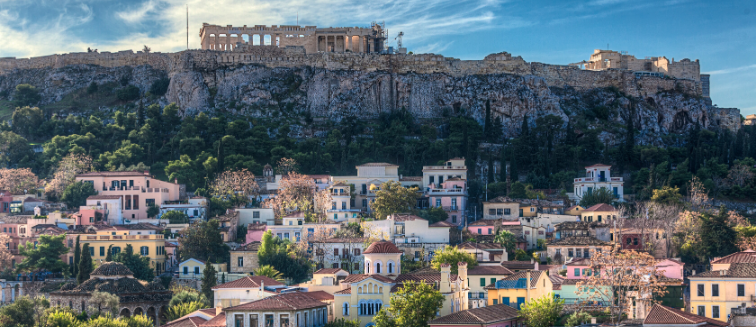
Acropolis of Athens
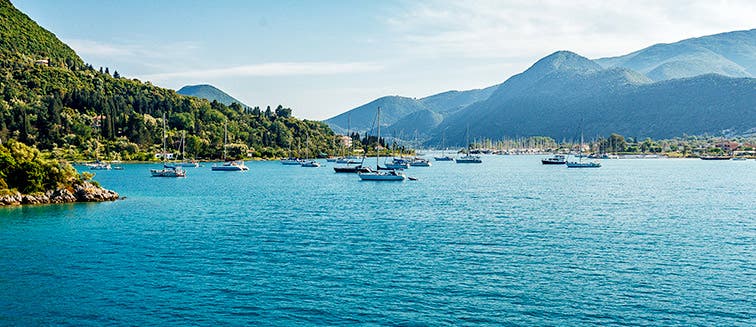
Aegean Sea

Antipaxos
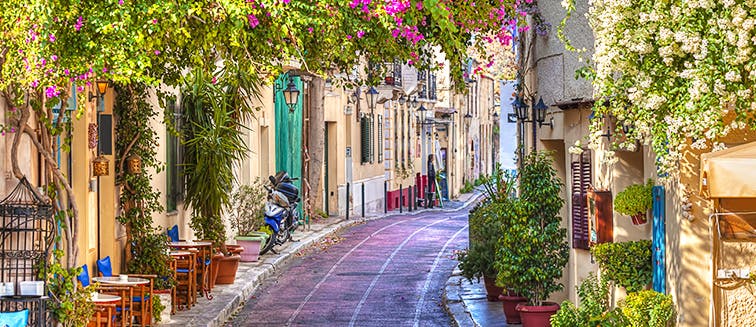
Athens

Atokos

Corfu
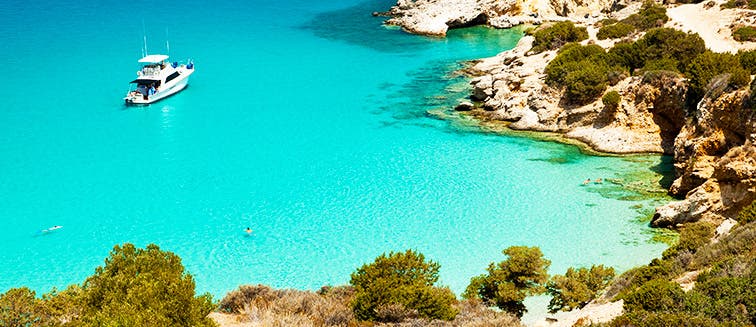
Crete
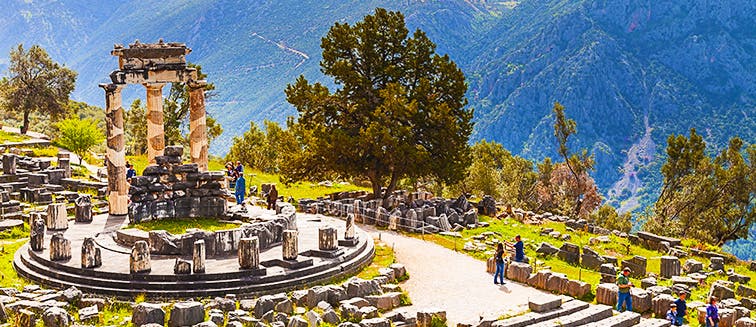
Delphi
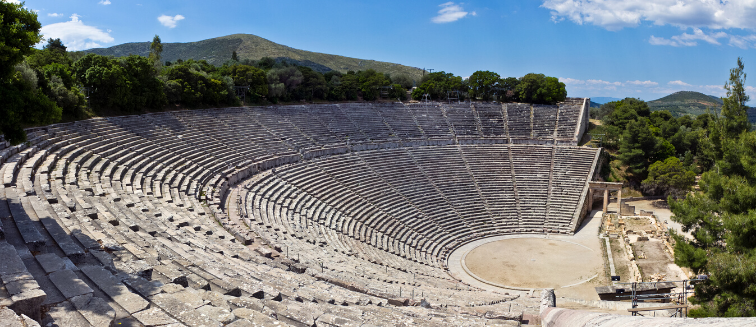
Epidaurus

Gaios
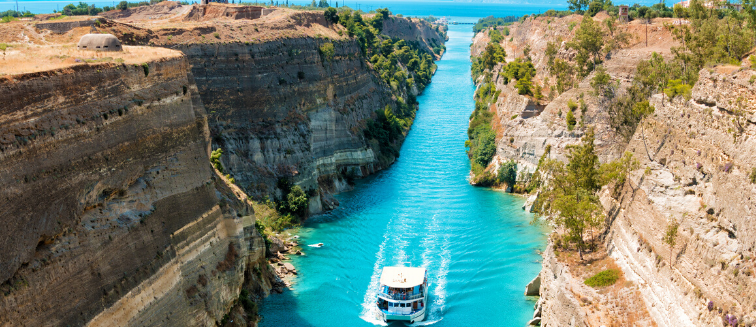
Gulf of Corinth
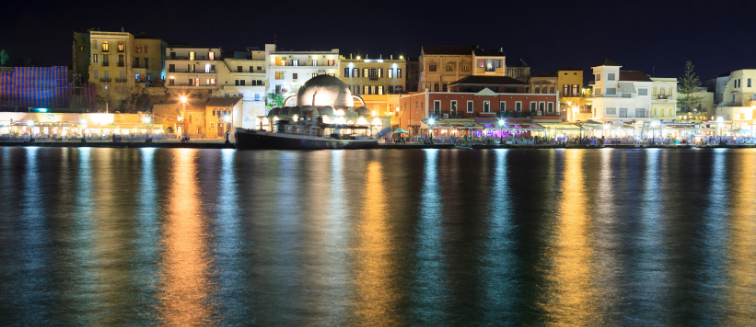
Heraklion

Ithaca
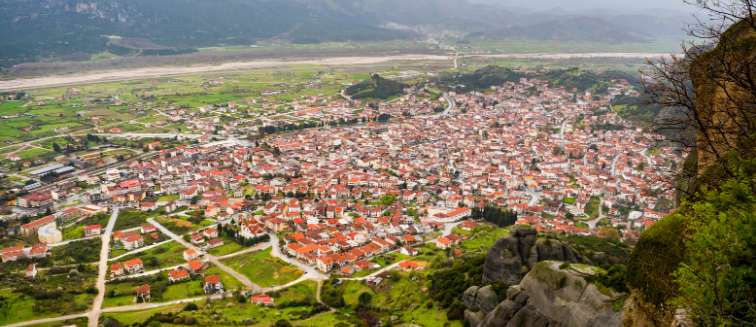
Kalambaka

Kefalonia

Lakka

Lefkada

Meganisi
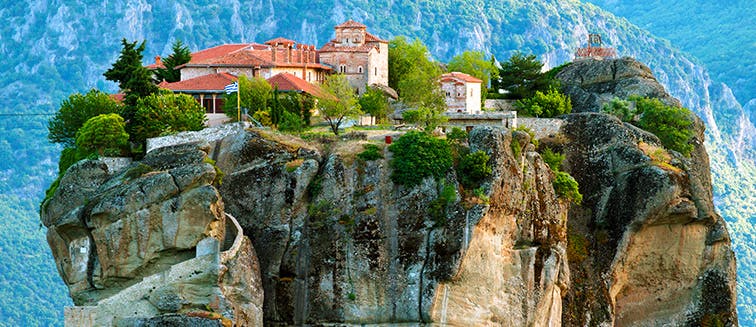
Meteora
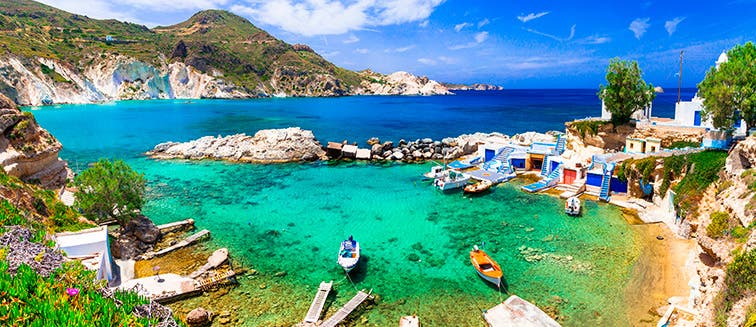
Milos
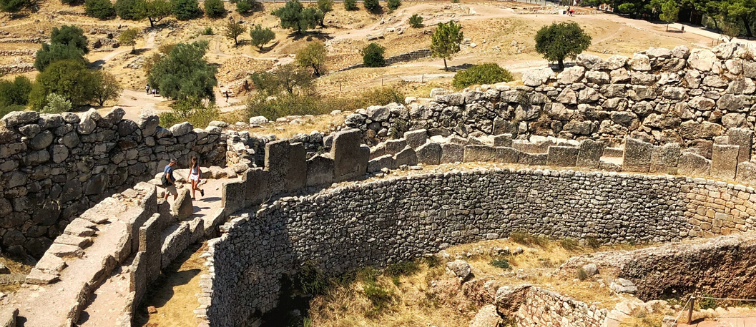
Mycenae
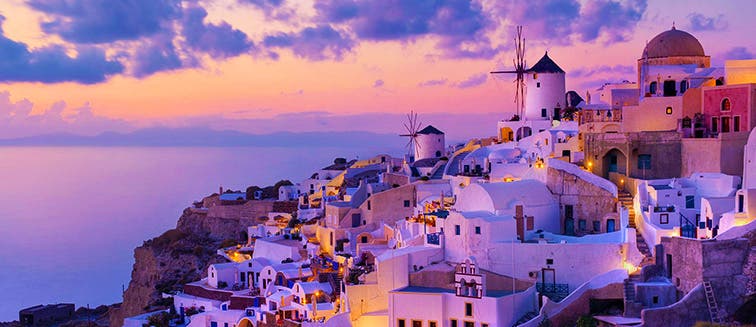
Mykonos
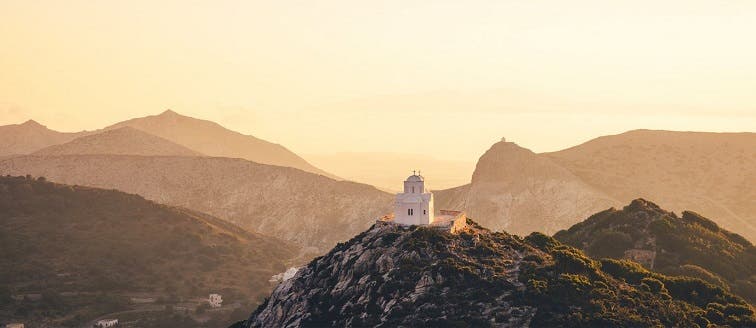
Naxos
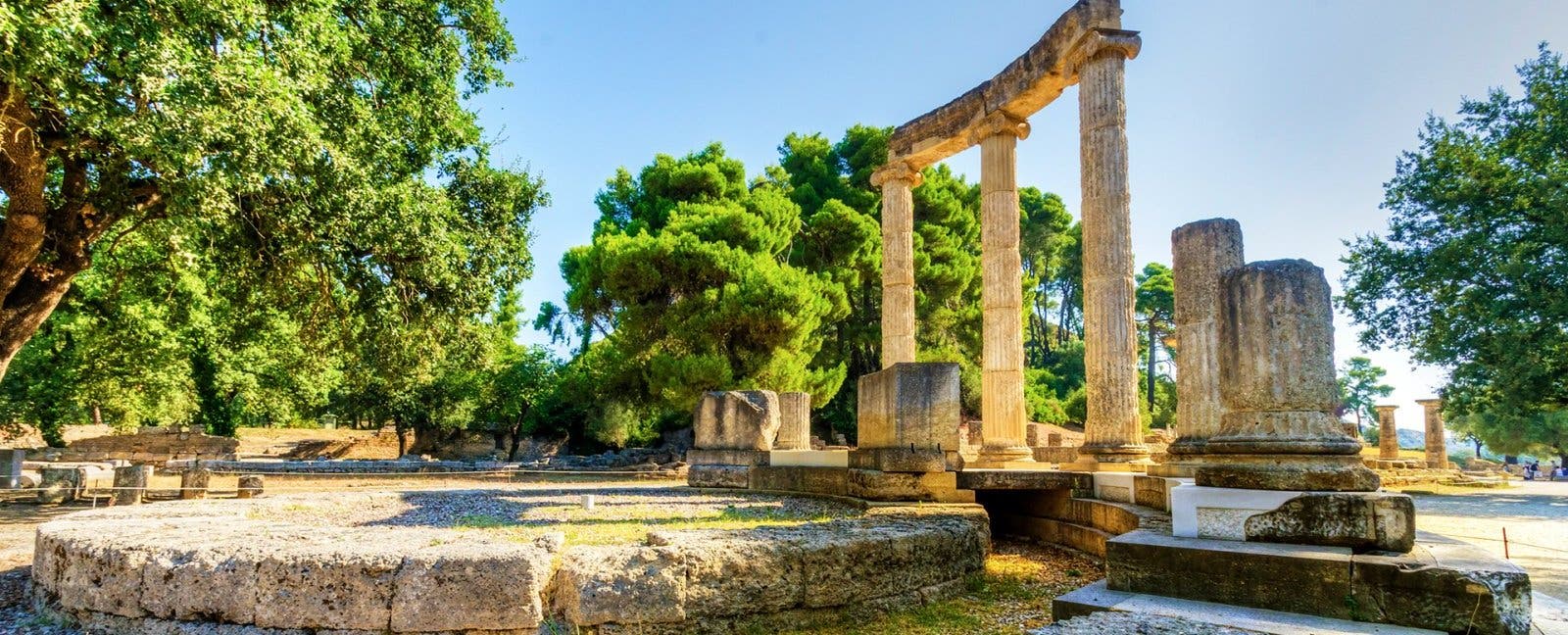
Olympia
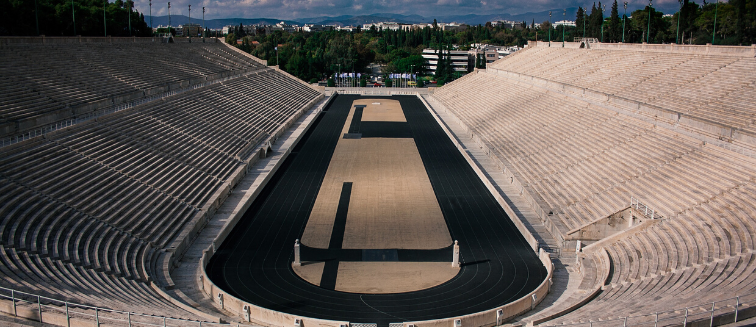
Panathenaic Stadium

Parga
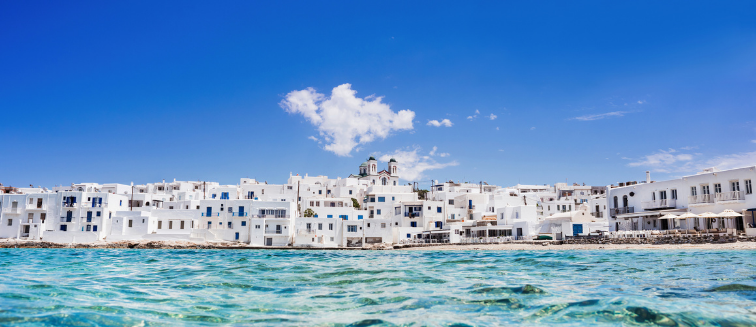
Paros
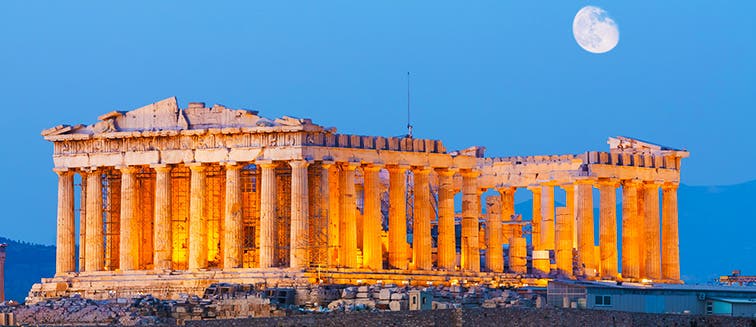
Parthenon

Paxos
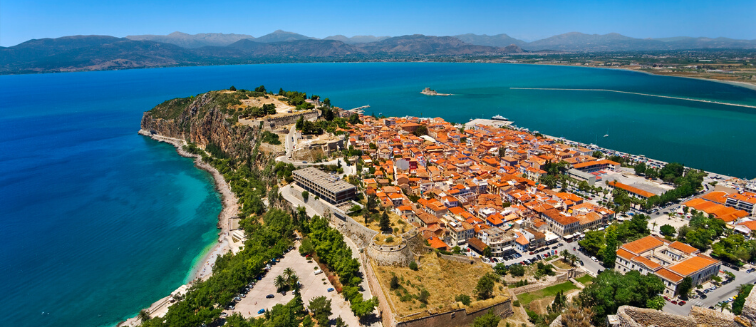
Peloponnese
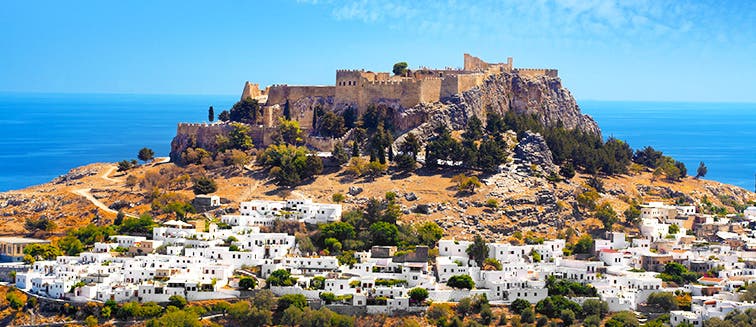
Rhodes
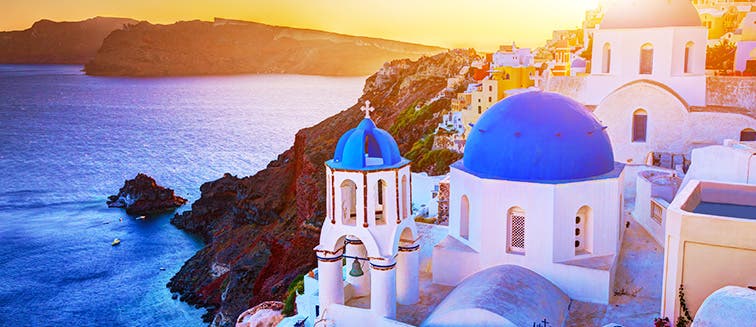
Santorini
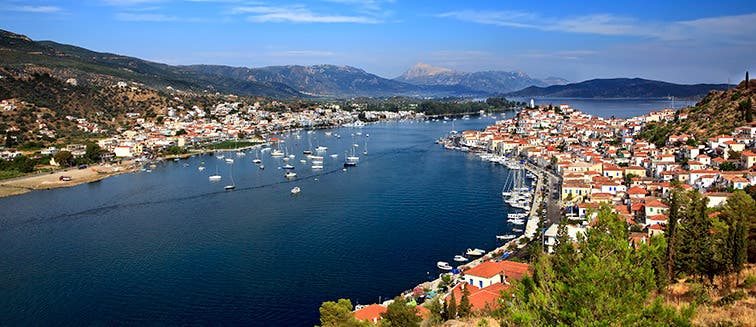
Saronic Islands
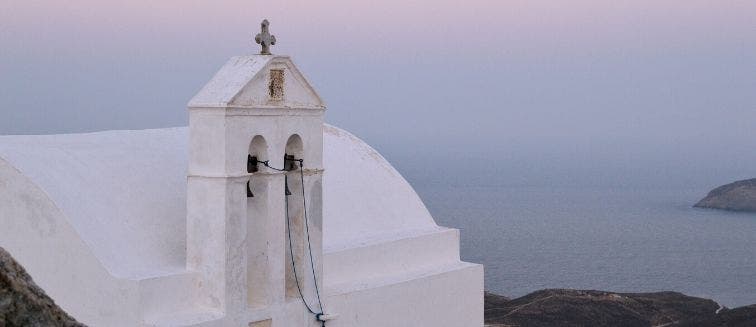
Serifos

Sivota
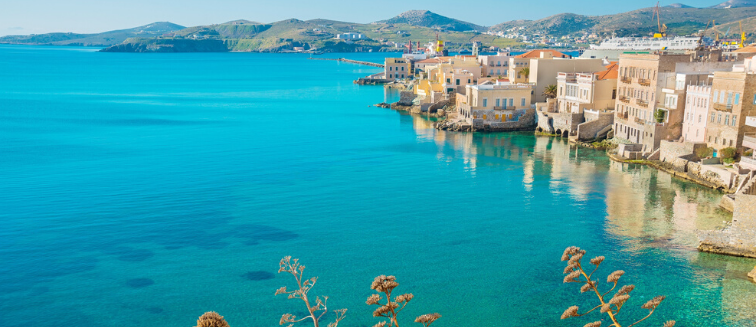
Syros
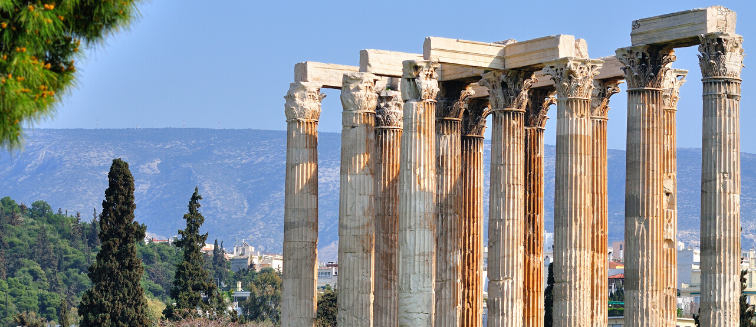
Temple of Olympian Zeus
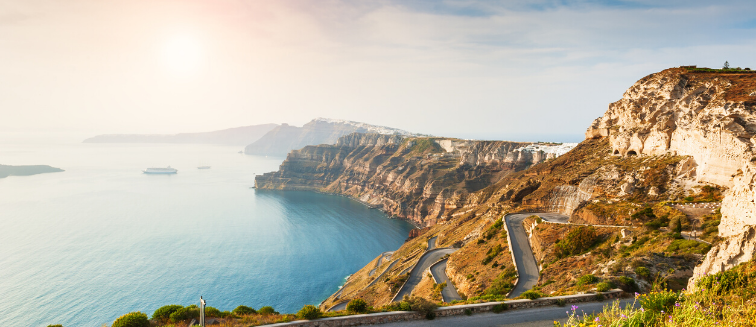
The Cyclades
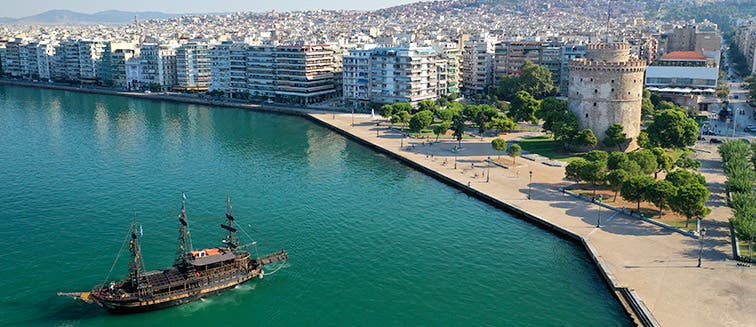
Thessaloniki
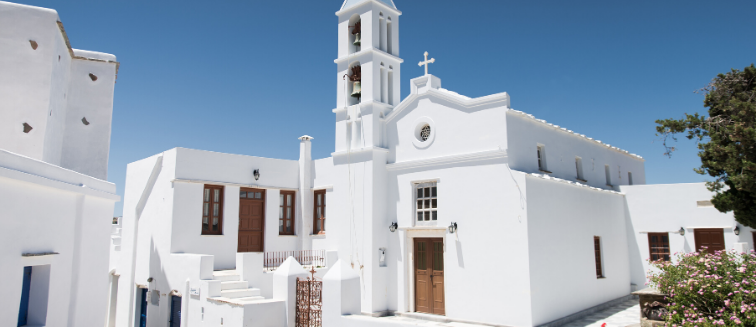
Tinos
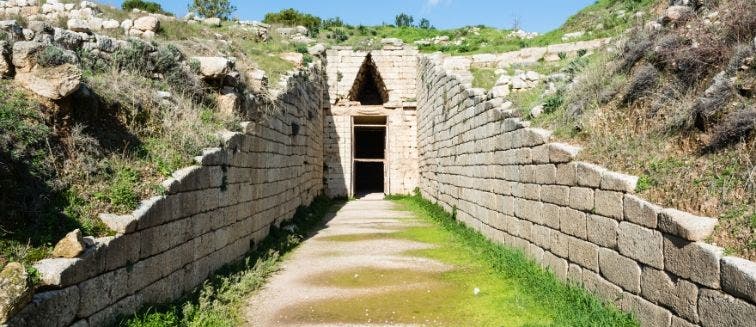
Treasury of Atreus

Zante
Points of interests
- Trips to Acropolis of Athens
- Trips to Aegean Sea
- Trips to Athens
- Trips to Atokos
- Trips to Corfu
- Trips to Crete
- Trips to Delphi
- Trips to Epidaurus
- Trips to Gaios
- Trips to Gulf of Corinth
- Trips to Heraklion
- Trips to Ithaca
- Trips to Kalambaka
- Trips to Kefalonia
- Trips to Lakka
- Trips to Lefkada
- Trips to Meganisi
- Trips to Meteora
- Trips to Mycenae
- Trips to Mykonos
- Trips to Naxos
- Trips to Olympia
- Trips to Panathenaic Stadium
- Trips to Parga
- Trips to Paros
- Trips to Parthenon
- Trips to Paxos
- Trips to Peloponnese
- Trips to Rhodes
- Trips to Santorini
- Trips to Serifos
- Trips to Sivota
- Trips to Syros
- Trips to Temple of Olympian Zeus
- Trips to The Cyclades
- Trips to Tinos
- Trips to Treasury of Atreus
- Trips to Zante
Other Points of interests
- Trips to Apollonia
- Trips to Berat
- Trips to Bled
- Trips to Blue Eye National Park
- Trips to Bohinj
- Trips to Butrint
- Trips to Dubrovnik
- Trips to Durres
- Trips to Elbasan
- Trips to Gjirokastër
- Trips to Hvar
- Trips to Koper
- Trips to Korca
- Trips to Krk
- Trips to Kruja
- Trips to Ksamil
- Trips to Lezhe
- Trips to Liubliana
- Trips to Ljubljana
- Trips to Medjugore
- Trips to Mostar
- Trips to Ohrid
- Trips to Plovdiv
- Trips to Pogradec
- Trips to Postojna Cave
- Trips to Rila Monastery
- Trips to Sarajevo
- Trips to Saranda
- Trips to Shkodra
- Trips to Split
- Trips to Tirana
- Trips to Velika Planina
- Trips to Vlora
- Trips to Voskopoja
- Trips to Zadar
- Trips to Zagreb
Countries Nearby
- Albania Trips
- Austria Trips
- Baltic States Trips
- Belgium Trips
- Croatia Trips
- Cyprus Trips
- Czech Republic Trips
- Denmark Trips
- England Trips
- Faroe Islands Trips
- Finland Trips
- France Trips
- Germany Trips
- Greece Trips
- Hungary Trips
- Iceland Trips
- Ireland Trips
- Italy Trips
- Montenegro Trips
- Netherlands Trips
- North Macedonia Trips
- Northern Ireland Trips
- Norway Trips
- Poland Trips
- Portugal Trips
- Romania Trips
- Russia Trips
- Scotland Trips
- Slovakia Trips
- Slovenia Trips
- Spain Trips
- Sweden Trips
- Switzerland Trips
- Ukraine Trips
- United Kingdom Trips
Trip Styles
- Croatia Nature Vacation Packages Trips
- Croatia Solo Travel Packages Trips
- Czech Republic Couples Tours Trips
- England Solo Travel Experiences Trips
- France Nature Trips with Exoticca Trips
- France Tours for Couples with Exoticca Trips
- France Solo Tours - Exoticca Trips
- Solo Travel in Germany Trips
- Germany Cultural Tours Trips
- Germany Tours for Couples Trips
- Greece Nature Vacation Packages Trips
- Greece Cultural Tour Packages Trips
- Greece Solo Travel Adventures Trips
- Family Greece Trips
- Iceland Solo Travel Trips
- Iceland Cultural Tours Trips
- Iceland Nature Vacation Packages Trips
- Solo Travel Ireland - Tour Packages Trips
- Ireland Nature Vacation Packages Trips
- Italy Nature Travel Adventures Trips
- Family Italy Trips
- Solo Travel Italy Packages Trips
- Norway Nature Tours Trips
- Norway Solo Tours with Exoticca Trips
- Norway Cultural Tours Trips
- Portugal Nature Vacation Packages Trips
- Solo Travel in Portugal Trips
- Portugal Cultural Tours Trips
- Portugal Couples' Tours Trips
- Spain Cultural Tours - Exoticca Trips
- Spain Tours for Couples Trips
- Spain Nature Vacation Packages Trips
- Spain Solo Travel Packages Trips
- Switzerland Solo Travel Trips
- Switzerland Nature Vacation Packages Trips
Susbscribe to our newsletter and join Exoticca GO
The best travel deals
Exclusive promotions
Expert travel tips